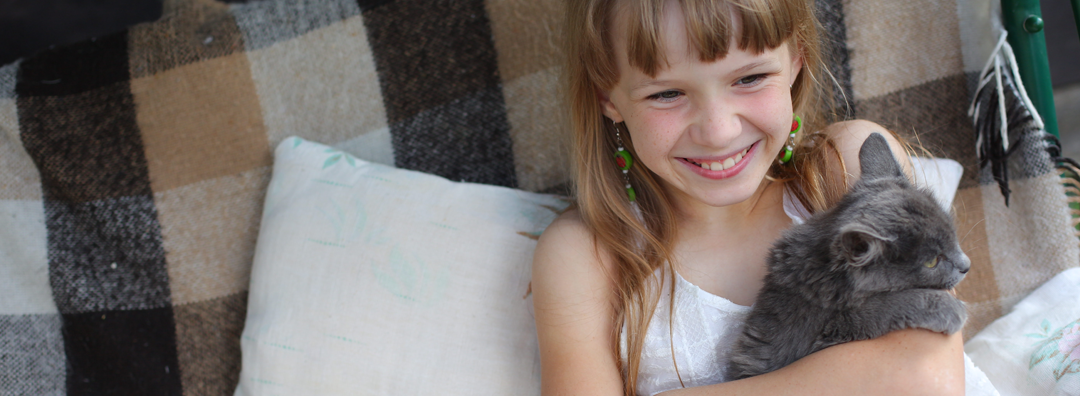
Training Your New Puppy
What training should your new puppy receive? Basic obedience and good social skills will help your puppy grow into a good companion for life.
Socialization
Introduce your puppy to a variety of other puppies, dogs and people of all ages. As your puppy learns to accept new situations, he will gain confidence and self-assurance. Stop bad habits before they start and gain a well-mannered companion. Puppy and people friends will help prevent boredom and shyness. Attend puppy classes, visit friends in their homes, go to parks and engage in other social situations. Puppy socialization can begin as early as at eight weeks of age.
Rides in the Car
Most dogs love to ride in cars and accompany their owners. Motion sickness may be a problem at first, so start off with very short rides. For a fearful puppy, you may even want to just sit in the car at first. Gradually increase the length of the trip. Your puppy will realize it’s fun to go for a ride if fun awaits them at the end. Dogs who never ride in the car except to a vet, grooming shop or boarding facility quickly learn something is up when they are put into a vehicle.
Puppy Training
Preventing problems is always easier than correcting them later and basic obedience is no exception. Puppy Kindergarten classes are not only a good place to socialize but also provide an organized environment in which to learn the basic commands of Sit, Stay, Down, Come and Heel. Practice at home to reinforce each new lesson. These lessons will put you in the leadership position and teach puppy to respect you. Good manners are put in place early, as puppy learns what is acceptable and what is not.
Housetraining
Be consistent! Develop a schedule to stick to. Use one method only (outside or paper training for small dogs) — don’t try to paper train and then suddenly take puppy outside.
Dedicate a specific area for elimination and use it for elimination only. Don’t play in the area during the time you are outside. If accidents occur in the house, bring the feces or urine samples out to this spot to scent the area. Smells will encourage puppy to use this area.
You may also use a crate inside to help contain puppy and prevent accidents inside when unattended. Most dogs like small, enclosed areas and feel safe when protected from the outside world. A crate can become a place of security. Many dogs are willing to go into their crates when they want to sleep or be left alone. It is also a good place for a “time out” when puppy is misbehaving or is too wound up. Make it a fun place to go to with some treats and toys. Use a soft voice, not a loud yell, to encourage the puppy to go in.
This article is provided as a general overview of the topic. Always consult your veterinarian for specific information related to diseases or medical care for pets.
1424 Maxim-Southard Road • Howell, NJ 07731 Open 7 days by appointment

© Highland Kennel | designed with love by Katie | Embodyart ![]()
© Highland Kennel designed with love by Katie | Embodyart ![]()

